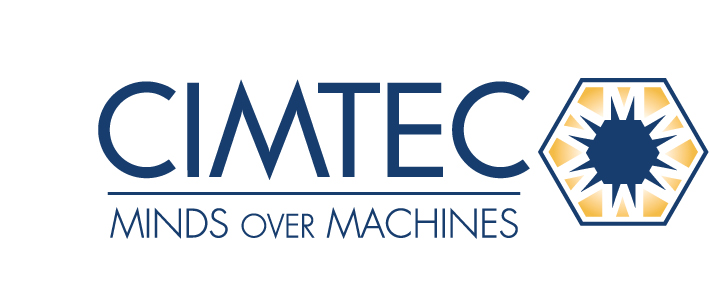- Home
- Identifying Registration Marks in Laminate Films
About Us
We are Florida, Georgia, Virginia, North Carolina and South Carolina's premiere automation solutions provider and are committed to being an innovative supplier. It is our goal to be an expert in everything that we sell so that we can be a better asset to our customers.
Contact Us
3915 Shopton Rd., Suite 103
Charlotte, NC 28217
Phone: 877.524.6832
sales@cimtec.com
Copyright ©2023 CIMTEC Automation all rights reserved.

By using a registration mark, not only is the final print of higher quality, but less scrap is created by print passes that do not line up.
Many manufacturing processes rely on registration marks to line up sheet materials for cutting or printing. Some packaging companies use multi-laminate films for their packaging applications, and can require elaborate printed graphics that include several colors. If even one of the colors is offset, the resulting print can appear blurred. In order to maintain a high level of quality with these complex printing systems, printers use registration marks on the base film to act as an orientation point for multi-color printing so that all of the color passes a realigned. By using a registration mark not only is the final print of higher quality, but less scrap is created by print passes that do not line up.
The registration mark is only one part of the alignment process. The printing system has to be able to identify the registration mark and align either the base material or the printing apparatus accordingly. Traditionally, registration marks were aligned visually by the operator, and relied on the judgment of the operator to achieve accuracy. Other types of registration marks, such as perforations in the base material allowed the material to be aligned on pins to maintain the correct orientation. However, the human eye can only provide so much accuracy, and alignment pins are not always appropriate, depending on the type of material and its final use.
Additionally an eyespot is provided to assist with registration both by the manufacturer and by the end user. The consistency of the eyespot-to-eyespot dimension is not only of value during the printing process, but is also used to determine correct seal and cut-off dimensions for the packaging filler. Variation in either printed registration or eyespot repeatability can lead to packaging quality issues and value added product returns to the printed films manufacturer.
Using Digital Imaging to Improve Printing Quality
Today, advancements in digital imaging allow this technology to be applied to the printing process and to greatly improve the overall quality. Digital imaging can also be used to measure the distance between printed registration marks to minimize the amount of scrap that is generated.
Cimtec’s Solution for Printing
Cimtec has developed a custom solution for this application specifically for the printing industry. A digital imaging system for this application consists of an optical sensor, such as a SICK high switching frequency (10 KHz) sensor, that will read the printed eyespot that is located along the edge of the material web. An SICK-Stegmann optical encoder is utilized to calculate the line speed based on the drive roll. The impression distance is then calculated by the PLC controller based on the time differential between eyespots multiplied by the line speed. The system includes a human machine interface (HMI) that has the capability to display multiple values. These values are called up individually by function keys on the controller front control panel:
Output signals are provided when the dimensional tolerances values (F4) and (F5) are exceeded or to stop the line upon reaching the predetermined impression count (F6).
The alerts provided by this specific Cimtec solution will allow manufacturers to have a better handle on their printing operations and to maintain higher quality of the printing process. Through higher quality, manufacturers will reduce the amount of excess material as well as mis-printed material, which will in turn reduce overall production costs. Also, the improved consistency of the printing process has direct influence on maintaining a quality package during filling operations and improved end user satisfaction.
Recent Posts